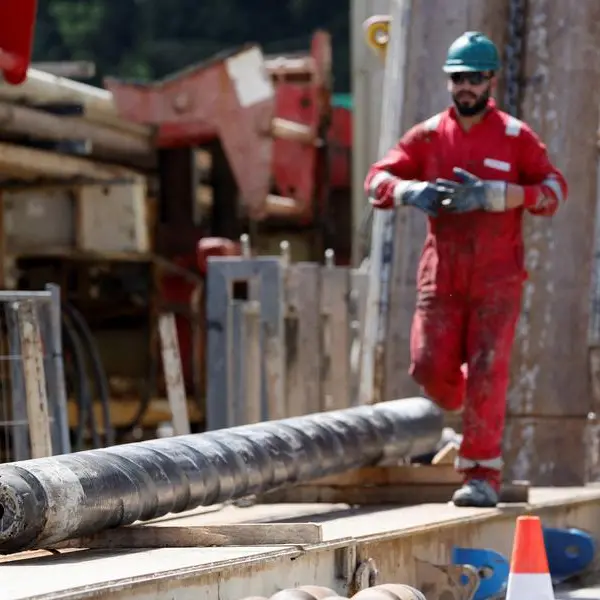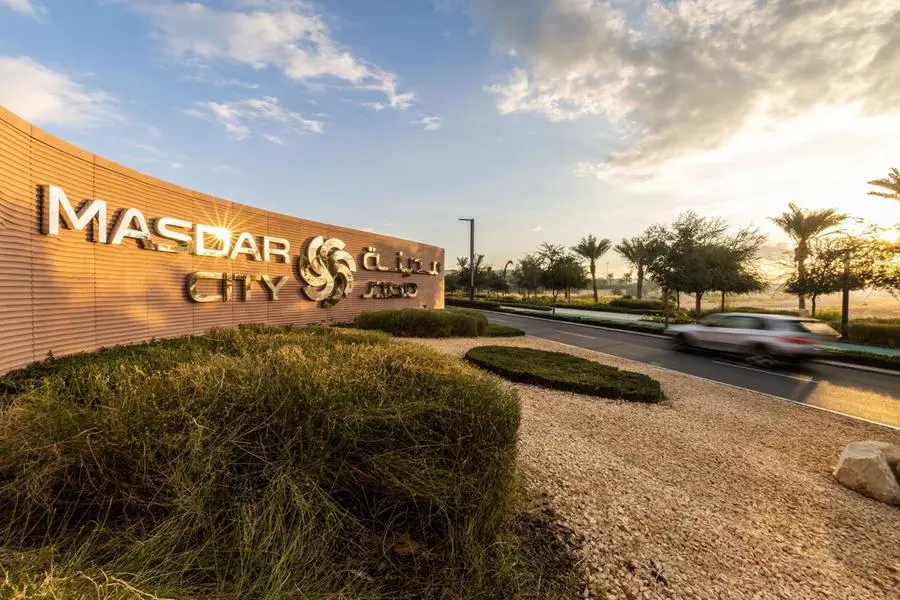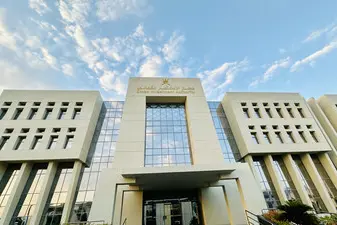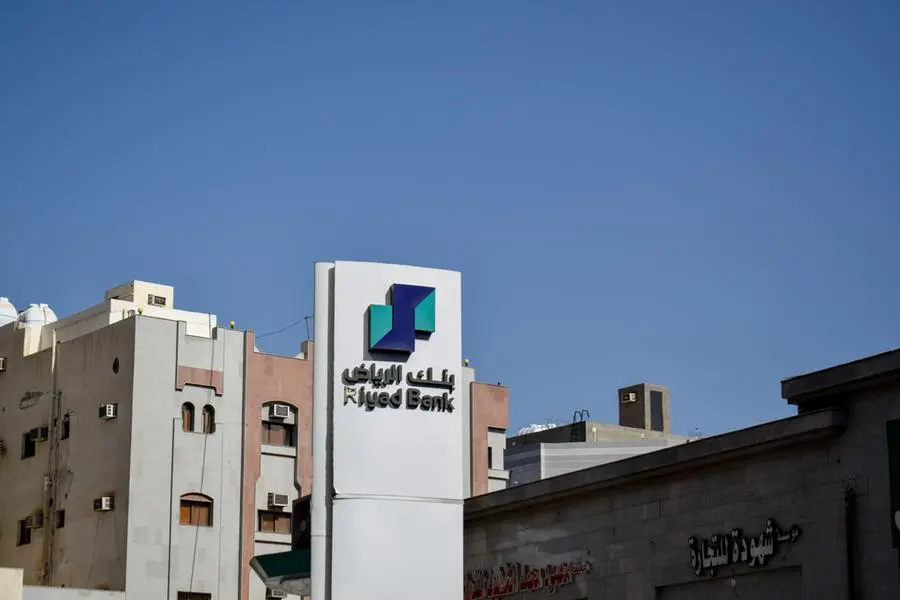AMMAN - The Kingdom's principal mine action authority on Wednesday said it would continue to press ahead with its mission to clear the country of landmines and plans to help other countries in the region deal with similar post-conflict threats.
During its annual review meeting with donors yesterday, the National Centre for De-mining and Rehabilitation (NCDR) provided an overview of its accomplishments and tasks still ahead to meet its new Ottawa Treaty mine-clearance deadline in May 2012.
Among them is a major project under way to clear the northern border, verification and sampling of mine-cleared land in the Jordan Valley, addressing unexploded ordnance (UXO) contamination and continuing mine-risk education among affected communities.
NCDR Chairman HRH Prince Mired told representatives from the diplomatic corps that much progress has been made over recent years to render the country safer from the threat of landmines.
He added that Jordan was also interested in helping develop the region's capacity to deal with explosive remnants of war (ERW), which has become an evident problem.
"We have achieved much over the past four or five years and we have started to think about Jordan post- 2012," Prince Mired said.
"Unfortunately, the region is contaminated with ERW and there is a need for developing capacities to address this problem. We plan to initiate ERW management training for this in October," he added.
The Prince cited the war in Iraq and the more recent conflict in Gaza as two case scenarios of countries suffering from ERW which will require such support. The training programme will be conducted with the help of UNDP and James Madison University.
During yesterday's meeting, also attended by UNDP Resident Representative Luc Stevens and Minister of Planning and International Cooperation Suhair Al-Ali, the NCDR briefed its donor working group on progress and accomplishments within different projects in the country as well as future plans.
NCDR Director Mohammad Breikat said among the key achievements so far was successful clearance of land in the southern region by the Norwegian People's Aid (NPA), which has since been handed over to the government for return to its owners.
He noted that the project had been completed ahead of schedule.
The NCDR director said Jordan is also working to address its decades-old problem with UXO contamination under a JD500,000 NATO-funded project.
These include cluster bombs, bullets, shells and grenades that did not explode when they were deployed and still pose a risk of detonation. Authorities believe that the bulk of suspected UXO contamination is concentrated in the north around Ajloun and in North Shuneh in the Jordan Valley.
Unexploded ordnance poses a threat to scrap-metal merchants who collect fragments from military training or shelling ranges. According to the NCDR, 40 UXO-related casualties were recorded over the past three years, with 12 deaths and 28 injuries.
Breikat said a specialised committee set up last year, comprising scrap-metal traders, factories and concerned authorities, had come up with recommendations on how to better regulate and monitor the sale of scrap safely. This includes dealing with the problem of thousands of tonnes of scrap metal that entered the Kingdom from Iraq following the 1990 Gulf War.
Deemah Naser, head of NCDR's planning department, said approximately 20,000 UXO had been destroyed by the Royal Engineering Corps (REC) between 2006 and 2008.
She noted that the department is currently conducting the first phase of a project that entails gathering relevant information on the threat of UXO contamination. This pre-study phase which began in November, will be followed by a field assessment to identify the scope of impact on communities.
"This phase entails going to affected areas to locate the UXO and provide recommendations to the REC for removal and destruction," said Naser.
Yesterday's briefing also included progress on mine clearance in the northern border. Undertaken by NPA, the project aims at clearing some 93 minefields in a 109-kilometre mine belt along Jordan's border with Syria.
Once completed, a total of 12 million square metres of fertile land will be rendered safe for use by the area's 132,000 residents, who will also be able to safely access and use some 33 water wells in the district.
The NCDR will also continue Mine Risk Education (MRE) activities among affected communities this year. The NCDR completed MRE in Mafraq last year and similar sessions are ongoing in Irbid and the Jordan Valley, according to Breikat, who added that MRE activities are funded by the US State Department.
By Dalya Dajani
© Jordan Times 2009




















